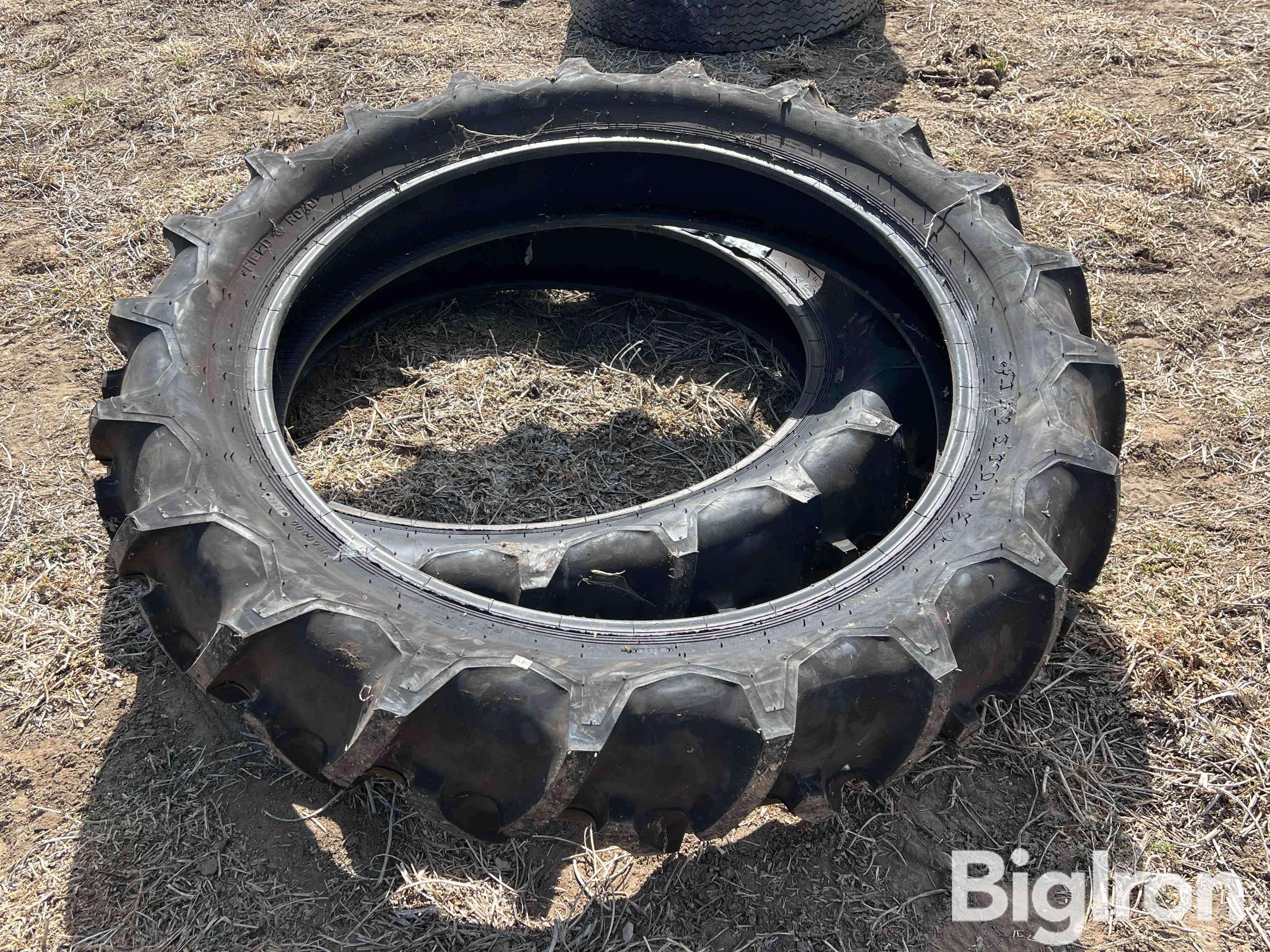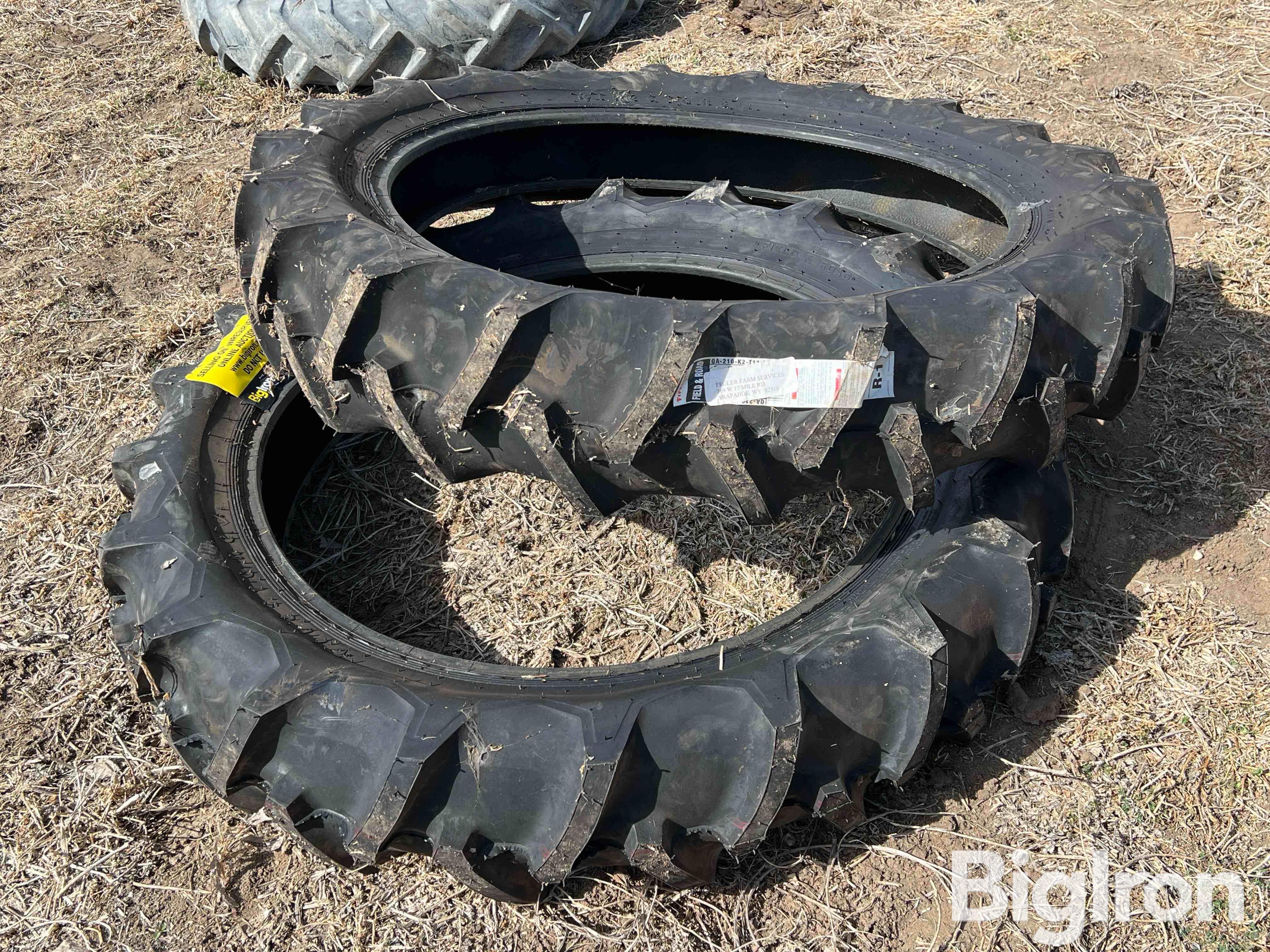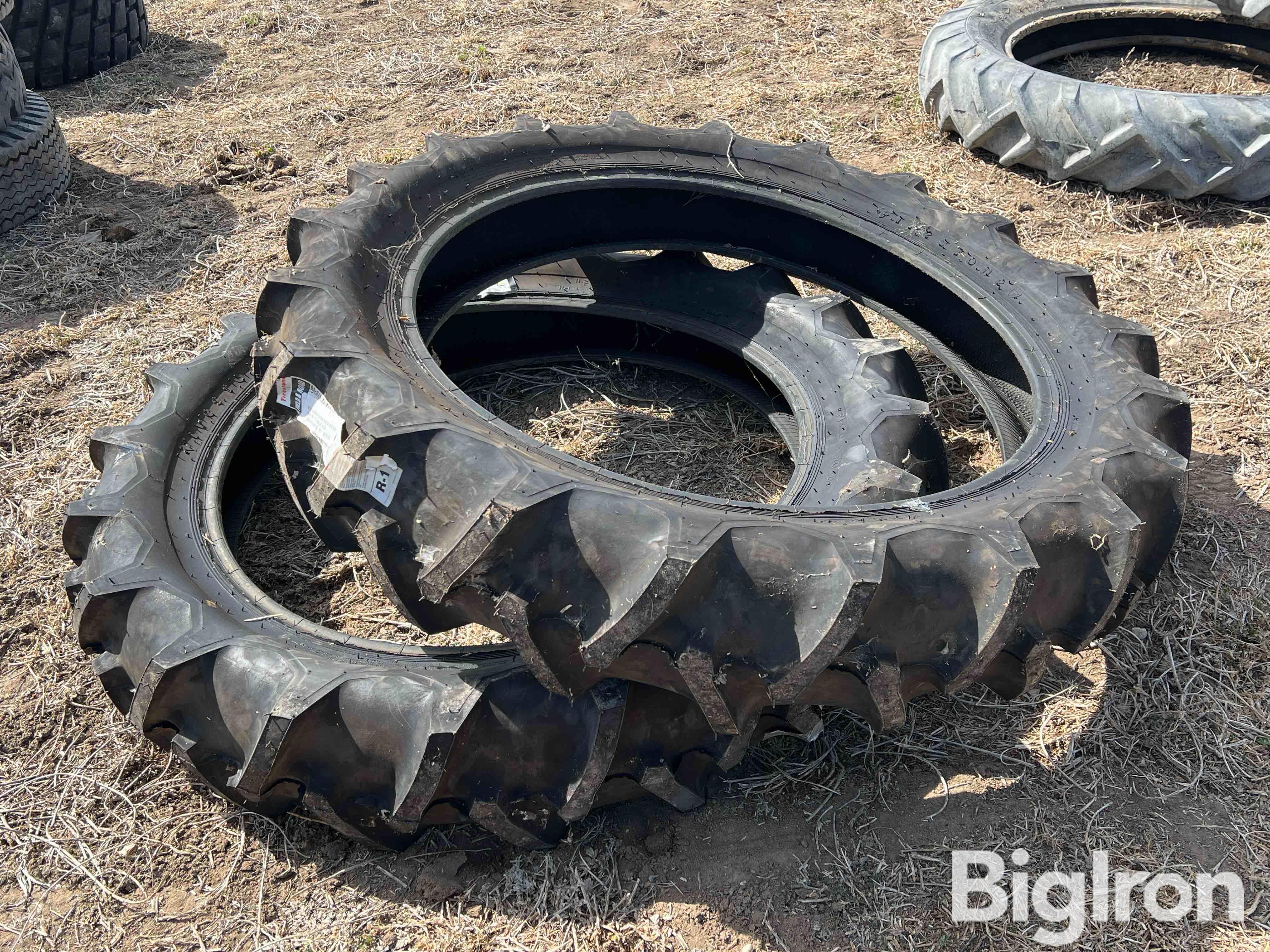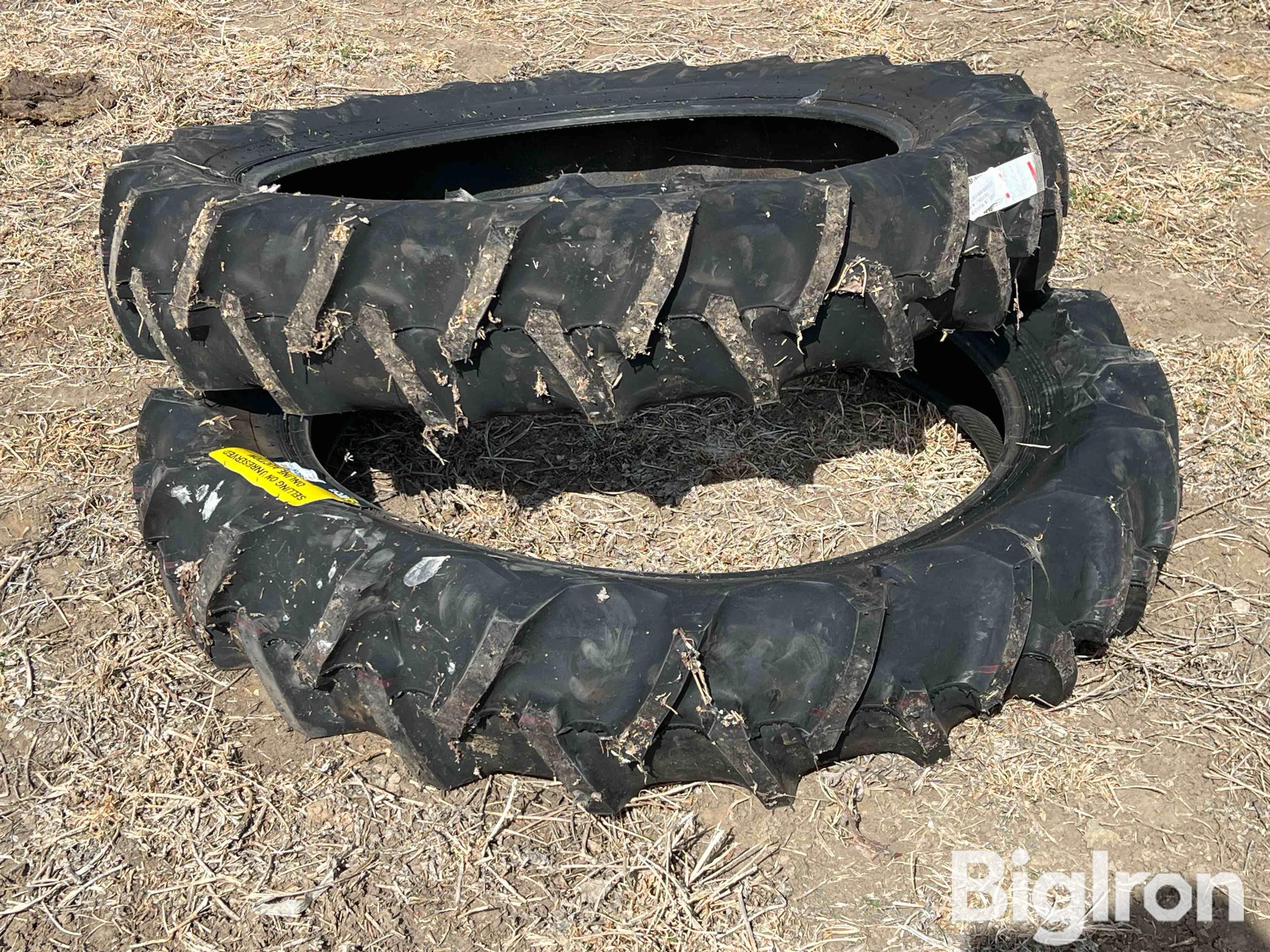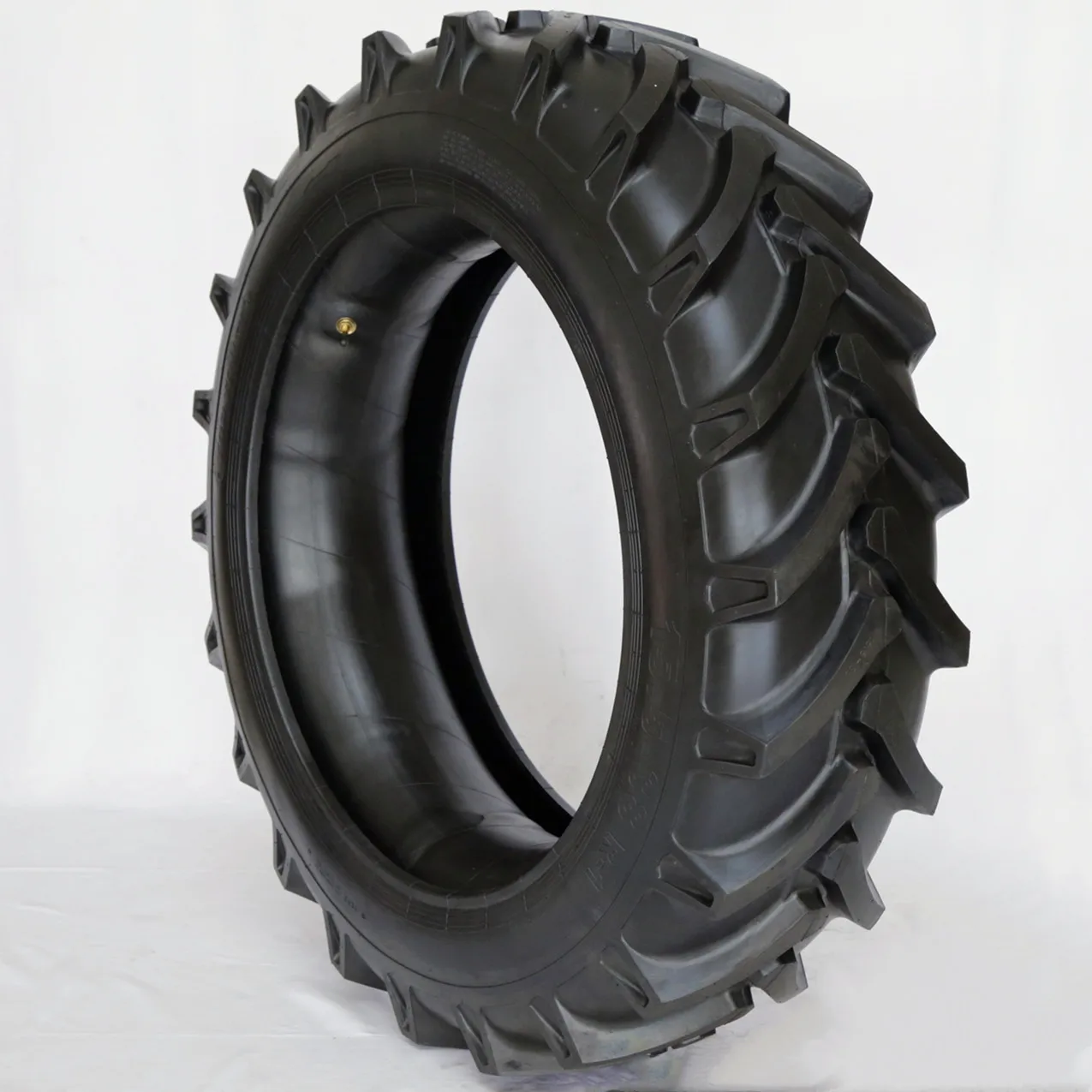11.2 36 Tractor Tire For Sale
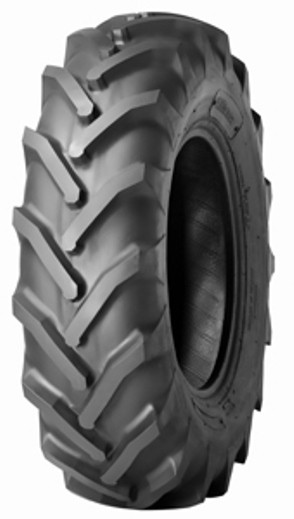
The agricultural landscape is facing a subtle yet significant shift. Farmers across the nation are grappling with rising input costs, forcing them to make increasingly strategic decisions regarding equipment maintenance and replacement. Amidst this challenging economic climate, the used tire market, specifically for sizes like the 11.2-36 tractor tire, is experiencing heightened activity.
This article delves into the factors driving the demand for used 11.2-36 tractor tires. It also explores the economic considerations for farmers, the potential risks and benefits of purchasing used tires, and the overall impact on the agricultural sector.
Market Dynamics: The Surge in Demand
Several factors contribute to the increased interest in used 11.2-36 tractor tires. First and foremost, the soaring prices of new tires are pushing farmers to explore more affordable alternatives.
According to a recent report from the United States Department of Agriculture (USDA), the cost of farm inputs, including tires, has risen by approximately 15% in the last year alone. This increase puts significant pressure on farmers' profit margins, especially for smaller operations.
Furthermore, supply chain disruptions, exacerbated by global events, have led to delays in the delivery of new tires. This creates an immediate need for replacements, driving farmers to seek readily available used options. The size 11.2-36 is a common size for smaller tractors, making it a popular choice and impacting demand.
Economic Considerations: A Balancing Act
For many farmers, the decision to purchase a used 11.2-36 tractor tire is purely economic. A used tire can cost significantly less than a new one, offering immediate savings.
However, this decision is not without its risks. Farmers must carefully weigh the upfront cost savings against the potential for reduced lifespan and increased maintenance.
A new 11.2-36 tire can range from $500 to $1000 or more, depending on the brand and specifications. In contrast, a used tire in good condition might be available for half that price, or even less.
"We're seeing a lot more farmers coming in asking about used tires," says John Miller, a tire dealer at a rural supply store in Iowa. "They're just trying to cut costs wherever they can. It's understandable, but you have to be careful."
Risks and Benefits: Navigating the Used Tire Market
The primary benefit of purchasing a used 11.2-36 tractor tire is the reduced cost. This can free up capital for other essential farm operations, such as purchasing seed, fertilizer, or livestock feed.
The risks, however, are equally important to consider. A used tire may have a shorter lifespan than a new one, requiring more frequent replacement. It may also be more susceptible to punctures and other damage, leading to increased downtime and repair costs.
It's crucial to thoroughly inspect a used tire before purchasing it. Look for signs of wear and tear, such as cracks, cuts, or bulges. Check the tread depth to ensure that the tire has sufficient traction.
Ideally, purchase from a reputable dealer who offers some form of warranty or guarantee. This provides some protection against purchasing a defective tire.
Expert Opinions: Weighing the Alternatives
Agricultural experts offer mixed opinions on the wisdom of purchasing used tractor tires. Some argue that it's a necessary evil in the current economic climate, while others caution against the potential risks.
"If you're on a tight budget, a used tire can be a viable option," says Dr. Sarah Evans, an agricultural economist at the University of Illinois. "But you need to do your homework and make sure you're getting a good quality tire."
Others emphasize the importance of investing in new tires whenever possible.
"While the upfront cost is higher, new tires offer better performance, longer lifespan, and greater reliability," says Mark Thompson, a farm equipment specialist. "In the long run, they may actually be more cost-effective."
Impact on the Agricultural Sector: A Broader Perspective
The increased demand for used 11.2-36 tractor tires reflects a broader trend in the agricultural sector: a growing emphasis on cost optimization. Farmers are constantly seeking ways to reduce expenses without compromising productivity.
This trend has implications for manufacturers of new tires, who may face increased competition from the used tire market. It also highlights the need for government support programs to help farmers afford essential inputs.
Furthermore, the focus on cost optimization can lead to increased innovation in the agricultural equipment industry. Manufacturers are developing more fuel-efficient tractors and longer-lasting tires to help farmers reduce their operating costs.
Looking Ahead: The Future of the Tire Market
The demand for used 11.2-36 tractor tires is likely to remain strong in the near future, given the current economic climate. However, several factors could influence the market in the long term.
A significant drop in the price of new tires, for example, could reduce the demand for used options. Similarly, improvements in tire technology could lead to longer-lasting tires, reducing the need for frequent replacements.
Ultimately, the decision to purchase a used 11.2-36 tractor tire is a personal one, based on individual circumstances and risk tolerance. However, by carefully weighing the risks and benefits, farmers can make informed decisions that support their bottom line.
As economic pressures continue to shape the agricultural landscape, farmers will need to remain vigilant, adapting their strategies to navigate the evolving market conditions and ensure the sustainability of their operations.
